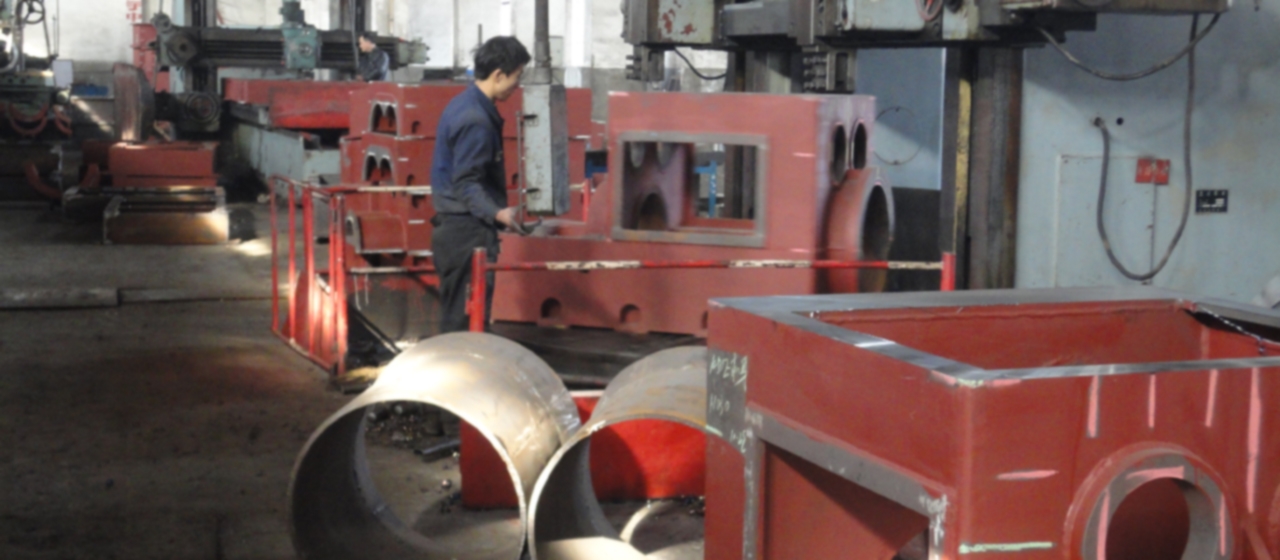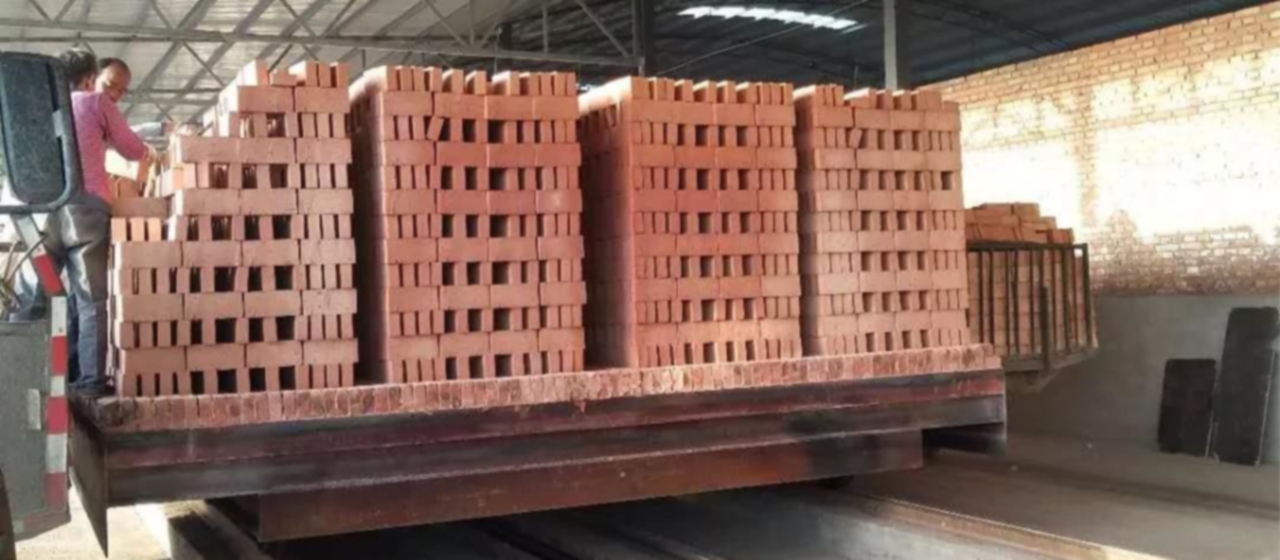Sintered bricks
Sintered bricks have high strength and long service life, but there are also many unqualified sintered bricks with many impurities, which greatly affects the strength of sintered bricks and further affects the engineering quality. So why do “impurity bricks” appear? How to reduce impurities in sintered bricks?

First of all, let’s take a look at the reasons for impurities in sintered bricks?
There are two reasons why impurities may appear after sintering bricks.
One reason is that too much coal is added externally, which accumulates at the bottom of the kiln or on the surface of the kiln car and does not burn completely;
The second reason is that too much ash is added to the external coal, resulting in wavy blue or black patterns on the bricks, commonly known as “impurity bricks”, which are caused by the deposition of carbon in contact with the bricks or lack of oxygen.
Since we know the reasons for impurities in sintered bricks, how can we reduce them?
Firstly, when adding coal externally, attention should be paid to the ash content of the coal used. If the ash content is high, the kang leg code method should be appropriately raised, or the distance gate should be appropriately raised to strengthen the bottom fire. In addition, when adding coal externally, it is necessary to add a small amount frequently to ensure that the fuel is fully burned, in order to avoid or reduce “impurity” bricks. It should be mentioned that increasing the degree of internal combustion can also significantly reduce it.
The above methods can effectively reduce the occurrence of other impurities in sintered bricks. Every step of the production process of sintered bricks is very rigorous, which is related to the quality of the final product. A good manufacturer has many years of production experience and has a well-established process in controlling the production process and supervising product quality. Therefore, when choosing sintered bricks, it is important to identify the manufacturer and avoid seeking small gains.








